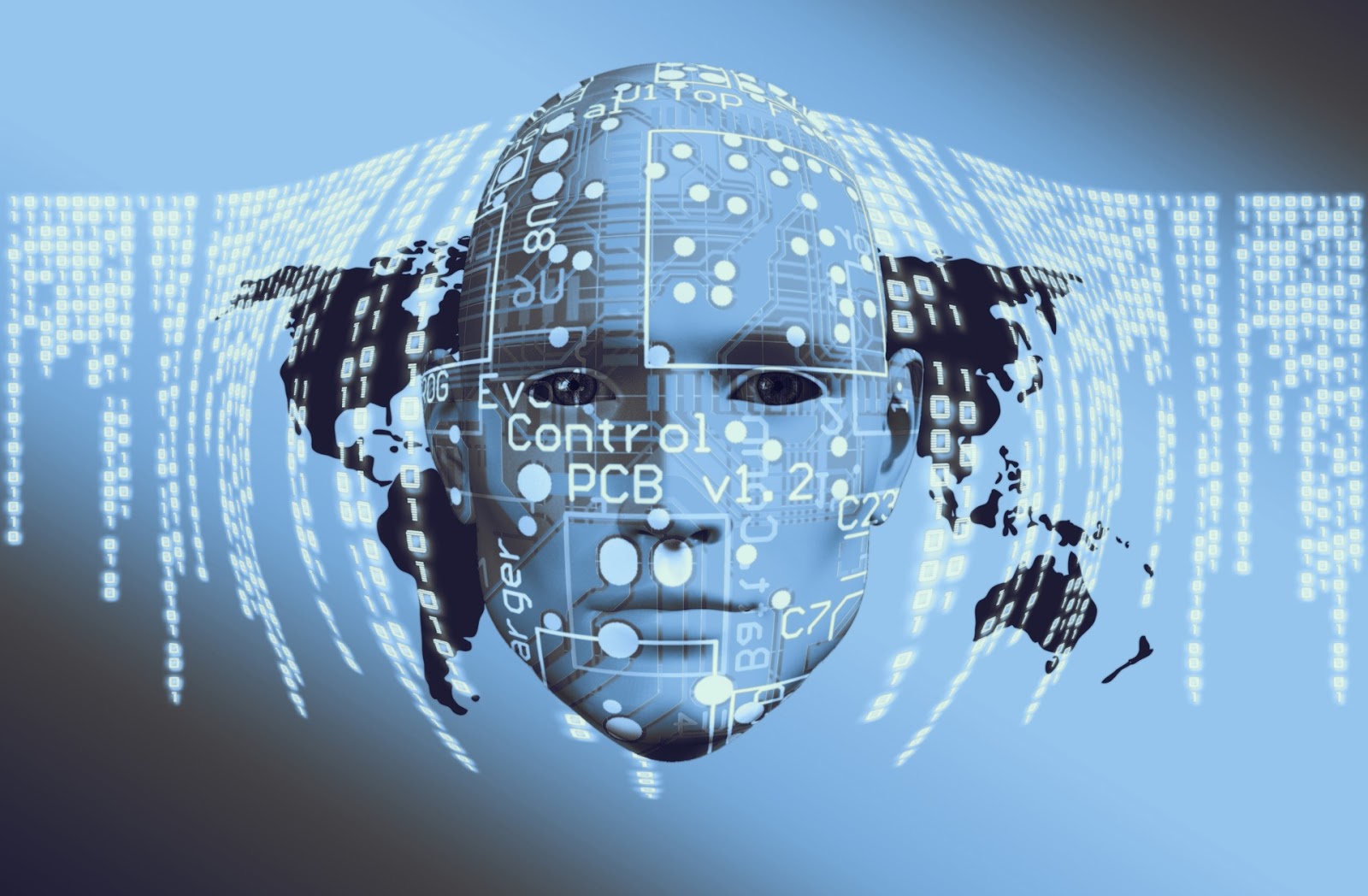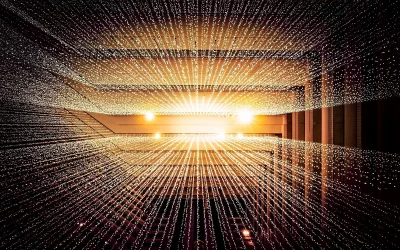The stuff of science fiction has become reality. In 2021, computer systems with artificial intelligence aren’t just possible — they’re fairly common. This is an exciting time for innovators — especially those who have a digital element to their innovations — but it may leave you wondering how AI can impact the world of intellectual property. What are the rules in this new world? Here’s everything you need to know:
What Is Artificial Intelligence?
Artificial intelligence is an algorithm or program which mimics human intelligence used in machines or computers. It bridges the gap between the speed, access, and convenience of computers and human problem solving. While it’s commonly used for data collection, predicting patterns, scheduling or organization, all of those things are just the tip of the iceberg when it comes to the potential of AI. Security, parallel parking, and online shopping all benefit from AI. Google has begun to play with AI that can write articles. In some cases, AI can even itself serve as an inventor.
AI-Generated Inventions
With recent advances in AI, we’re even beginning to see some inventions that were created by AI systems, known as “AI-generated inventions.” In fact, in August of 2019, two international patents were filed for the first-ever inventions fully created by AI. One was a “new type of beverage container based on fractal geometry” while the other was a device designed to help with enhanced attention which could be used by search and rescue teams.
These patents claimed the AI as the inventor of the patent and the owner of the AI as the patent applicant and potential patent owner. However, most regions restrict inventors to “natural persons” when filing patents. While this was denied by the European Patent Office (EPO), United Kingdom Intellectual Property Office (UKIPO), and the United States Patent & Trademark Office (USPTO), an appeal was filed last year with the EPO and the hearing is expected to take place in December of this year. The future of patents could be changing right in front of us!
What Does the USPTO Say?
By the standards of the USPTO, the creator of a patented invention must be a “person having ordinary skill in the art.” In order to file for copyright of something, current standards dictate that it must be created by a human being. But it’s important to keep in mind that these standards were created when the idea of an AI generated invention seemed impossible, wasn’t even a consideration. As technologies advance and AI generated inventions become not only possible but more and more common, we may see the language for copyright, patent, and trademark standards begin to shift.
There is already a bit more potential leeway in certain countries like the UK, India, or Ireland when it comes to crediting the programmer of the AI as the author of the patent. If it is a “computer generated” creation, in which there is no human author, UK IP laws sometimes allow the patent to be given to “the person by whom the arrangements necessary for the creation of the work are undertaken.” (Section 9(3) of the Copyright, Designs and Patents Act.)
The world is changing, technology is advancing, and the intellectual property sphere and standards are likely to change along with it. Fortunately, you have an IP expert at your side who can help you protect your intellectual property through these changing times. Contact Garcia-Zamor today to learn more about our services, or to set up a monthly flat-rate fee for litigation services.







